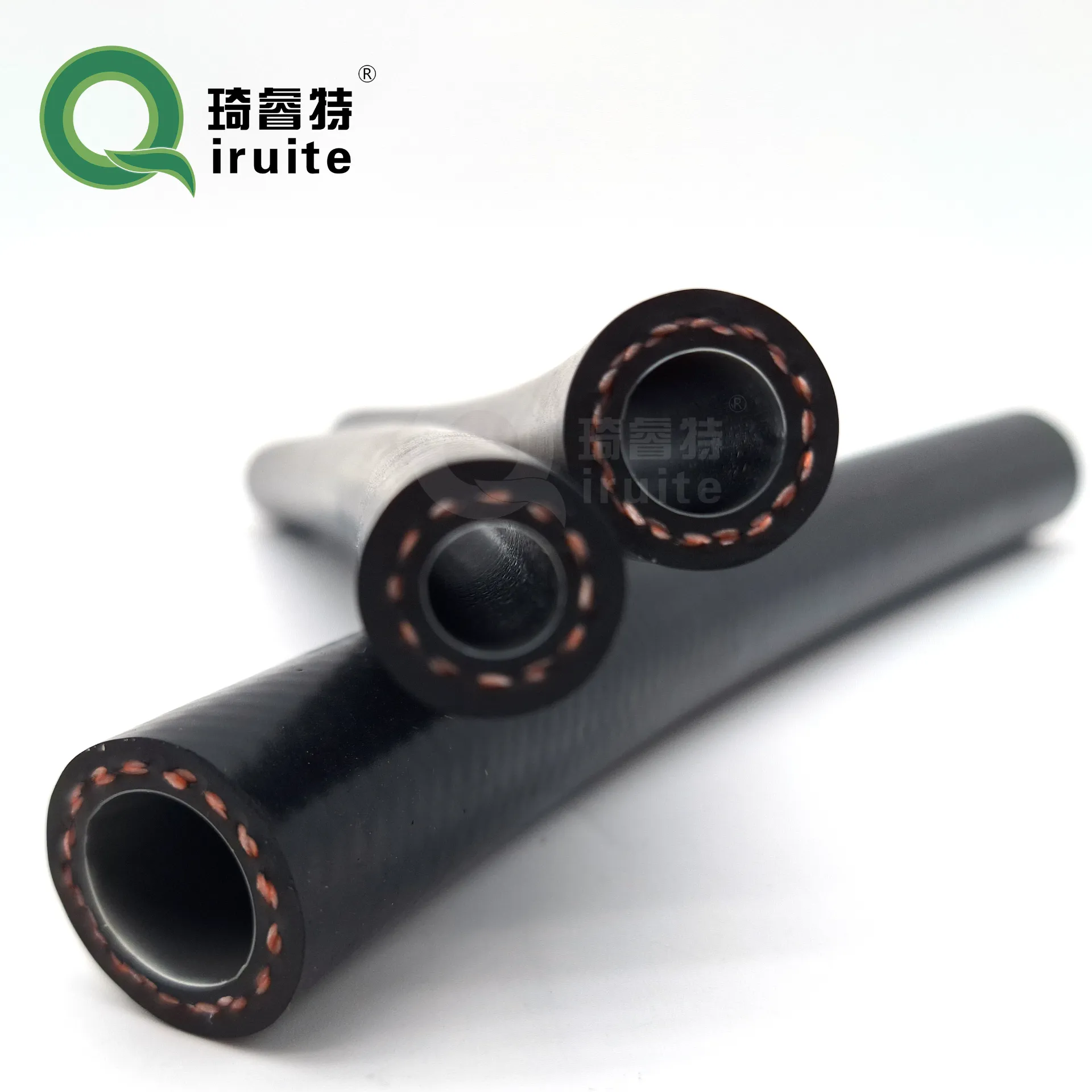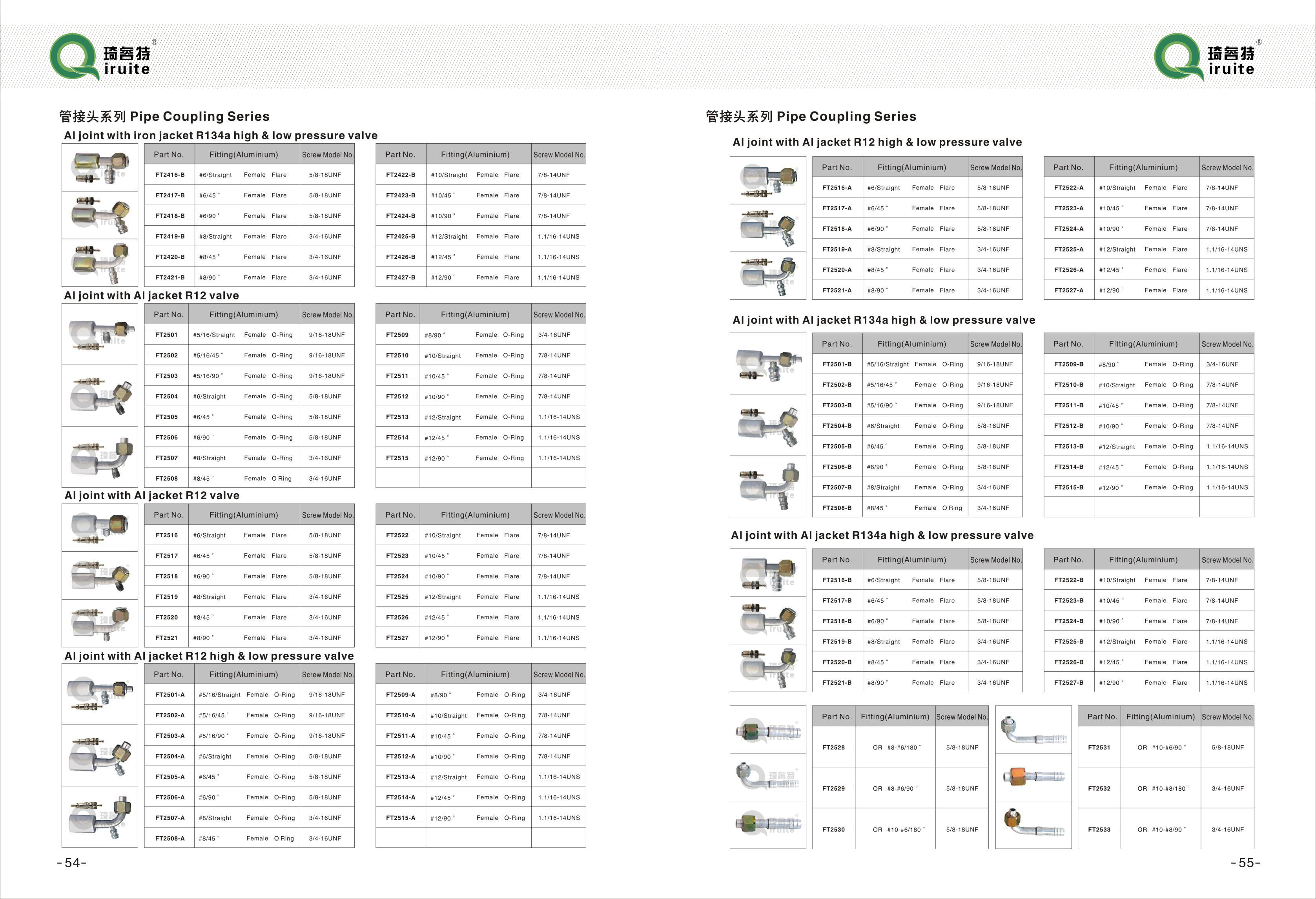Feb . 20, 2025 04:01
Back to list
spiral guard hose protection
Removing a power steering hose may seem daunting at first glance, but with the right tools and guidance, it becomes a straightforward task. The power steering system is crucial in making vehicle handling smooth and effortless, translating driver inputs into seamless wheel action. Here’s a comprehensive guide, enriched with expertise and real-world experience, on how to carefully and effectively remove a power steering hose.
3. Remove the Hose Clamps Identify the respective clamps holding the power steering hose in place. Using pliers or a clamp removal tool, carefully loosen the clamps to ensure they can be removed without damage. 4. Disconnect the Hose Start with the low-pressure return hose. Use a wrench to slowly disconnect the hose from the fitting. Be prepared for fluid and have absorbent materials ready to clean any spills. 5. Remove the High-Pressure Hose The high-pressure hose is often secured with bolts that may be tougher to loosen. Patience and the correct wrench size are essential. Loosen the bolt holding the high-pressure hose to the pump, then gently twist and pull it off the connector. Have a catch cloth to avoid fluid spillage. 6. Inspect the Removed Hose Once removed, examine the hose for signs of wear and tear—such as cracks or mushy areas—to corroborate the reason for removal. Understanding the fault can be useful in preventing future issues. Installation of New Hose After successfully removing the faulty hose, installing the new hose follows a similar protocol in reverse. Securely fasten both ends, ensure all clamps and bolts are tightened adequately, and refill the power steering fluid to the recommended level. It’s prudent to run the engine briefly, checking for leaks and ensuring proper steering function. Environmental Considerations Dispose of the old power steering fluid and hose responsibly. Many auto parts stores or municipal waste facilities can process these materials. Do not pour fluid down drains or into the ground as it poses an environmental hazard. Final Thoughts Replacing a power steering hose reinforces a driver's aptitude for vehicle maintenance, enhancing reliability and safety. Understanding the technical nuances and utilizing the right tools transforms this task from intimidating to manageable. With practice, efficiency, and adherence to this guide, maintaining the power steering system becomes an assured skill in the automotive toolkit. Whether for personal gratification or cost-saving measures, mastering the removal of a power steering hose delivers both immediate benefits and long-term vehicle health.


3. Remove the Hose Clamps Identify the respective clamps holding the power steering hose in place. Using pliers or a clamp removal tool, carefully loosen the clamps to ensure they can be removed without damage. 4. Disconnect the Hose Start with the low-pressure return hose. Use a wrench to slowly disconnect the hose from the fitting. Be prepared for fluid and have absorbent materials ready to clean any spills. 5. Remove the High-Pressure Hose The high-pressure hose is often secured with bolts that may be tougher to loosen. Patience and the correct wrench size are essential. Loosen the bolt holding the high-pressure hose to the pump, then gently twist and pull it off the connector. Have a catch cloth to avoid fluid spillage. 6. Inspect the Removed Hose Once removed, examine the hose for signs of wear and tear—such as cracks or mushy areas—to corroborate the reason for removal. Understanding the fault can be useful in preventing future issues. Installation of New Hose After successfully removing the faulty hose, installing the new hose follows a similar protocol in reverse. Securely fasten both ends, ensure all clamps and bolts are tightened adequately, and refill the power steering fluid to the recommended level. It’s prudent to run the engine briefly, checking for leaks and ensuring proper steering function. Environmental Considerations Dispose of the old power steering fluid and hose responsibly. Many auto parts stores or municipal waste facilities can process these materials. Do not pour fluid down drains or into the ground as it poses an environmental hazard. Final Thoughts Replacing a power steering hose reinforces a driver's aptitude for vehicle maintenance, enhancing reliability and safety. Understanding the technical nuances and utilizing the right tools transforms this task from intimidating to manageable. With practice, efficiency, and adherence to this guide, maintaining the power steering system becomes an assured skill in the automotive toolkit. Whether for personal gratification or cost-saving measures, mastering the removal of a power steering hose delivers both immediate benefits and long-term vehicle health.
Latest news
-
Ultimate Spiral Protection for Hoses & CablesNewsJun.26,2025
-
The Ultimate Quick-Connect Solutions for Every NeedNewsJun.26,2025
-
SAE J1401 Brake Hose: Reliable Choice for Safe BrakingNewsJun.26,2025
-
Reliable J2064 A/C Hoses for Real-World Cooling NeedsNewsJun.26,2025
-
Heavy-Duty Sewer Jetting Hoses Built to LastNewsJun.26,2025
-
Fix Power Steering Tube Leaks Fast – Durable & Affordable SolutionNewsJun.26,2025

